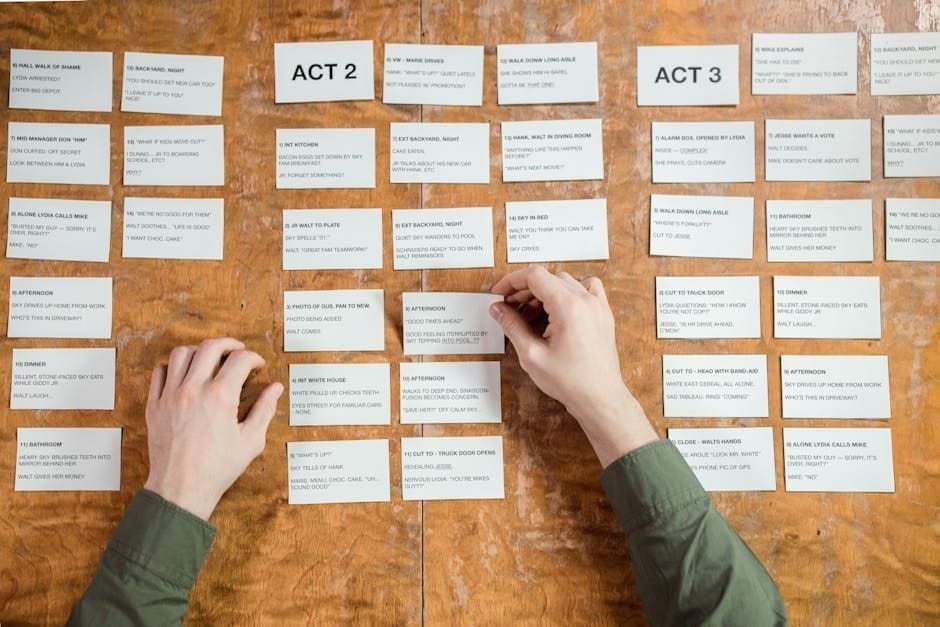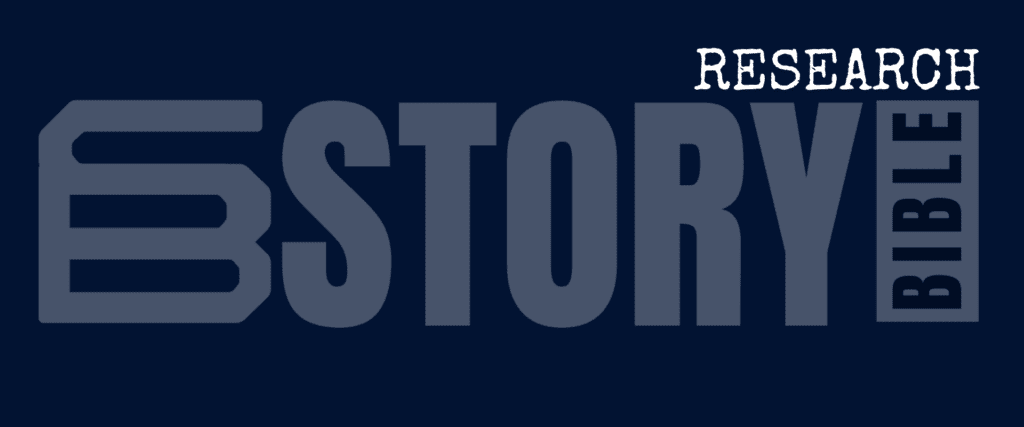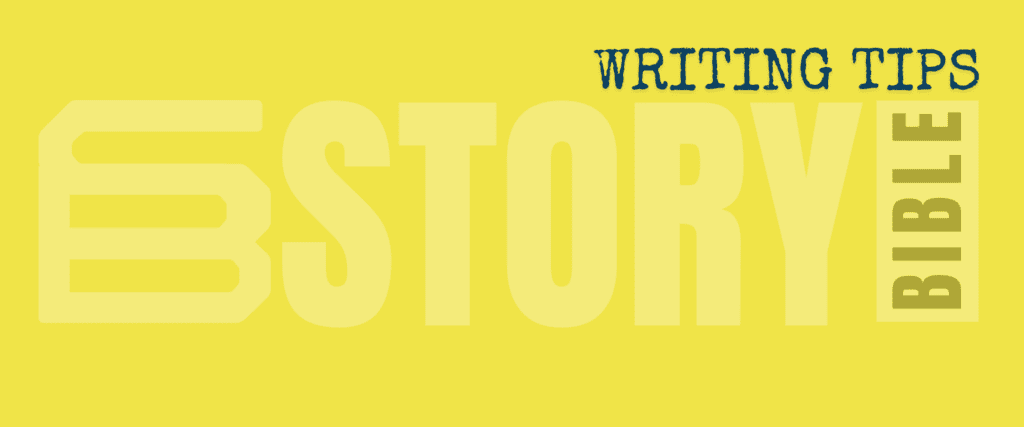Story structure 101.
Story structure is the fundamental framework that supports a narrative, regardless of its format, such as novels, screenplays, or short stories. It serves as the organizational backbone for plot elements, character development, and thematic exploration, guiding audiences through a coherent and engaging narrative experience. Without a robust structure, stories may appear disjointed or confusing, potentially failing to maintain audience interest.
A well-designed story structure ensures that the narrative progresses logically and compellingly, capturing and sustaining audience attention from the beginning to the end. It facilitates the careful pacing of events, allows for character growth, and enables the gradual escalation of tension and conflict, ultimately leading to a resolution that satisfies the audience. Essentially, story structure functions as a narrative roadmap, providing direction and purpose for both the writer during the creation process and the audience as they experience the story.
Key Takeaways
- A well-structured story is essential for engaging and captivating the audience.
- The basic elements of story structure include setting, characters, plot, conflict, and resolution.
- The three-act structure consists of the setup, confrontation, and resolution, providing a clear framework for storytelling.
- Compelling characters within story structure are developed through their motivations, flaws, and growth throughout the story.
- Building tension and conflict within story structure keeps the audience invested and eager to see how the story unfolds.
- Pacing and timing are crucial in enhancing story structure, creating a rhythm that keeps the audience engaged.
- Crafting a memorable conclusion within story structure ties up loose ends and leaves a lasting impact on the audience.
The Basic Elements of Story Structure
The Basic Elements of Story Structure
These elements include the introduction, rising action, climax, falling action, and resolution. The introduction sets the stage by introducing the main characters, setting, and conflict, while the rising action builds tension and develops the plot through a series of escalating events.
The Turning Point and Resolution
The climax is the turning point of the story, where the conflict reaches its peak and the characters face their greatest challenges. The falling action then leads to the resolution, where loose ends are tied up, and the story reaches its conclusion.
Adding Depth and Complexity
In addition to these basic elements, story structure also encompasses subplots, character arcs, and thematic elements that add depth and complexity to the narrative. Subplots provide additional layers of conflict and tension, while character arcs allow for the growth and development of the main characters throughout the story. Themes serve as the underlying messages or ideas that give the story depth and resonance, tying everything together into a cohesive and meaningful whole.
The Three-Act Structure

One of the most widely used and effective story structures is the three-act structure, which divides the narrative into three distinct parts: setup, confrontation, and resolution. The setup introduces the main characters, setting, and conflict, establishing the foundation for the rest of the story. The confrontation builds tension and conflict as the characters face obstacles and challenges, leading to the climax where everything comes to a head.
Finally, the resolution provides closure as the conflict is resolved, and the characters undergo a period of reflection and growth. The three-act structure provides a clear and effective framework for storytelling, allowing for a natural progression of events and character development. It helps to maintain a sense of momentum and tension throughout the narrative, keeping the audience engaged and invested in the outcome.
By following this structure, writers can ensure that their stories have a strong foundation and a satisfying payoff, leading to a more impactful and memorable experience for the reader or audience.
Creating Compelling Characters within Story Structure
| Character Name | Role in Story | Personality Traits | Arc Development |
|---|---|---|---|
| Protagonist | Main character, drives the story | Brave, determined, compassionate | Undergoes transformation, learns from experiences |
| Antagonist | Main opposition to the protagonist | Deceptive, ruthless, ambitious | May experience downfall or redemption |
| Supporting Character 1 | Provides assistance to the protagonist | Loyal, wise, humorous | Contributes to protagonist's growth |
| Supporting Character 2 | Creates conflict or adds depth to the story | Jealous, insecure, manipulative | May undergo change or remain static |
Within the framework of story structure, creating compelling characters is essential for engaging the audience and driving the narrative forward. Well-developed characters with distinct personalities, motivations, and arcs can add depth and complexity to the story, making it more relatable and emotionally resonant. By giving characters clear goals, internal conflicts, and growth opportunities, writers can ensure that they play an integral role in advancing the plot and maintaining audience interest.
Character development within story structure involves introducing characters in a way that establishes their personalities and motivations early on, allowing for gradual growth and change as the story progresses. This can be achieved through dialogue, actions, and internal thoughts that reveal their inner workings and drive their decisions. Additionally, creating relationships between characters can add layers of conflict and tension to the narrative, further enhancing their impact on the overall story.
Building Tension and Conflict in Story Structure
Tension and conflict are essential components of story structure that drive the narrative forward and keep the audience engaged. By carefully crafting moments of tension and conflict throughout the story, writers can create a sense of urgency and excitement that compels readers or viewers to continue following the plot. This can be achieved through a variety of means, including interpersonal conflicts between characters, external obstacles that stand in the way of their goals, or moral dilemmas that force them to make difficult choices.
In addition to creating tension and conflict through character interactions, writers can also use pacing and timing to build suspense and anticipation. By strategically placing moments of tension at key points in the narrative, such as before a major revelation or during a crucial decision-making scene, writers can heighten the emotional impact of these moments and keep the audience on the edge of their seats.
Using Pacing and Timing to Enhance Story Structure
Pacing and timing are crucial aspects of story structure that can greatly impact the overall effectiveness of a narrative. By carefully controlling the speed at which events unfold and the timing of key plot points, writers can create a sense of rhythm and momentum that keeps the audience engaged from beginning to end. This can be achieved through a combination of dialogue, action sequences, introspective moments, and plot twists that are strategically placed throughout the story.
In addition to controlling pacing through individual scenes and chapters, writers can also use pacing to create a sense of escalation as the story progresses. By gradually increasing the intensity of conflicts and obstacles faced by the characters, writers can build tension and anticipation leading up to the climax, ensuring that it has maximum impact on the audience. Conversely, pacing can also be used to provide moments of respite and reflection for both characters and readers before diving back into high-stakes action.
Crafting a Memorable Conclusion within Story Structure
A memorable conclusion is essential for providing closure to a story while leaving a lasting impact on the audience. Within the framework of story structure, crafting a satisfying conclusion involves tying up loose ends, resolving conflicts, and providing a sense of catharsis for both characters and readers. This can be achieved through a combination of emotional resolution for character arcs, addressing lingering plot threads, and delivering on any promises or expectations set up earlier in the narrative.
In addition to providing closure for individual characters and plotlines, a memorable conclusion should also leave room for reflection and interpretation by the audience. By striking a balance between resolution and ambiguity, writers can create an ending that feels both satisfying and thought-provoking, leaving a lasting impression on readers or viewers long after they have finished the story. Ultimately, crafting a memorable conclusion within story structure involves delivering on the promises made throughout the narrative while leaving room for emotional resonance and interpretation by the audience.
If you're looking to deepen your understanding of crafting compelling narratives, you might find the article "The Power of Perspective: How the Narrator Shapes Your Story" particularly enlightening. This piece complements the insights from "Story Structure 101: Master the Art of Plotting" by exploring how the choice of narrator can significantly influence the storytelling process, affecting everything from plot development to audience engagement. To explore this further, you can read the article here.
If you want to read other posts on literature and the likes, check out our other blog, Enda Storrie.
FAQs
What is story structure?
Story structure refers to the organization and framework of a narrative, including the arrangement of events, the development of characters, and the overall plot progression. It provides a blueprint for how a story unfolds and helps to create a cohesive and engaging experience for the audience.
Why is mastering story structure important?
Mastering story structure is important because it helps writers create compelling and well-crafted narratives. A strong story structure can captivate readers or viewers, keep them engaged, and provide a satisfying resolution. It also helps writers effectively convey their ideas and themes.
What are the key elements of story structure?
The key elements of story structure typically include the introduction of characters and setting, the development of conflict and tension, the rising action, the climax, and the resolution. These elements work together to create a cohesive and engaging narrative.
What are some common story structures used in storytelling?
Some common story structures used in storytelling include the three-act structure, the hero's journey, and the five-act structure. Each structure offers a different approach to organizing the plot and character development, and can be adapted to fit various genres and storytelling styles.
How can writers master the art of plotting and story structure?
Writers can master the art of plotting and story structure by studying successful narratives, analyzing the work of established authors, and practicing the craft of storytelling. They can also seek feedback from peers or mentors, and continue to refine their skills through ongoing learning and experimentation.


